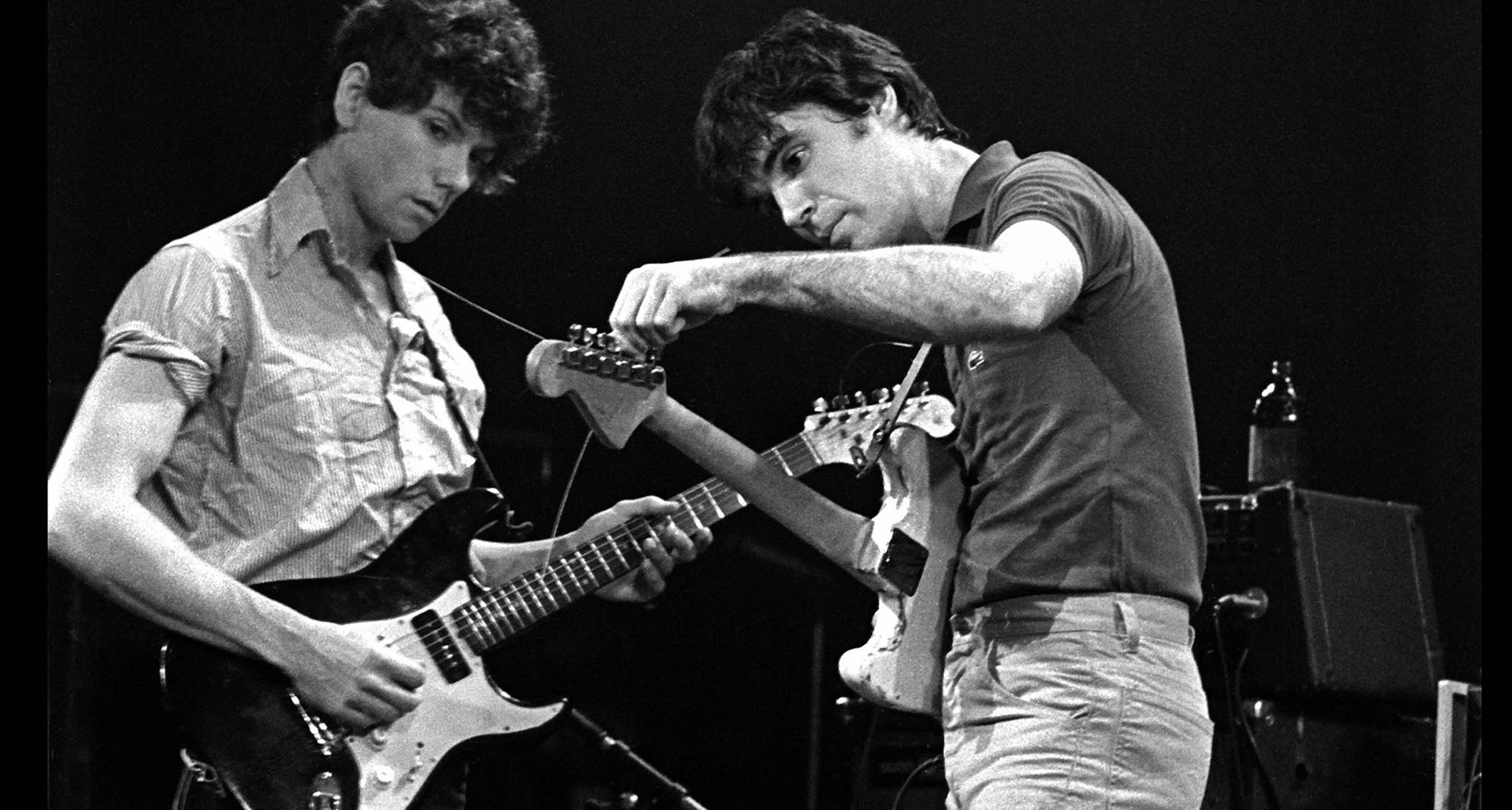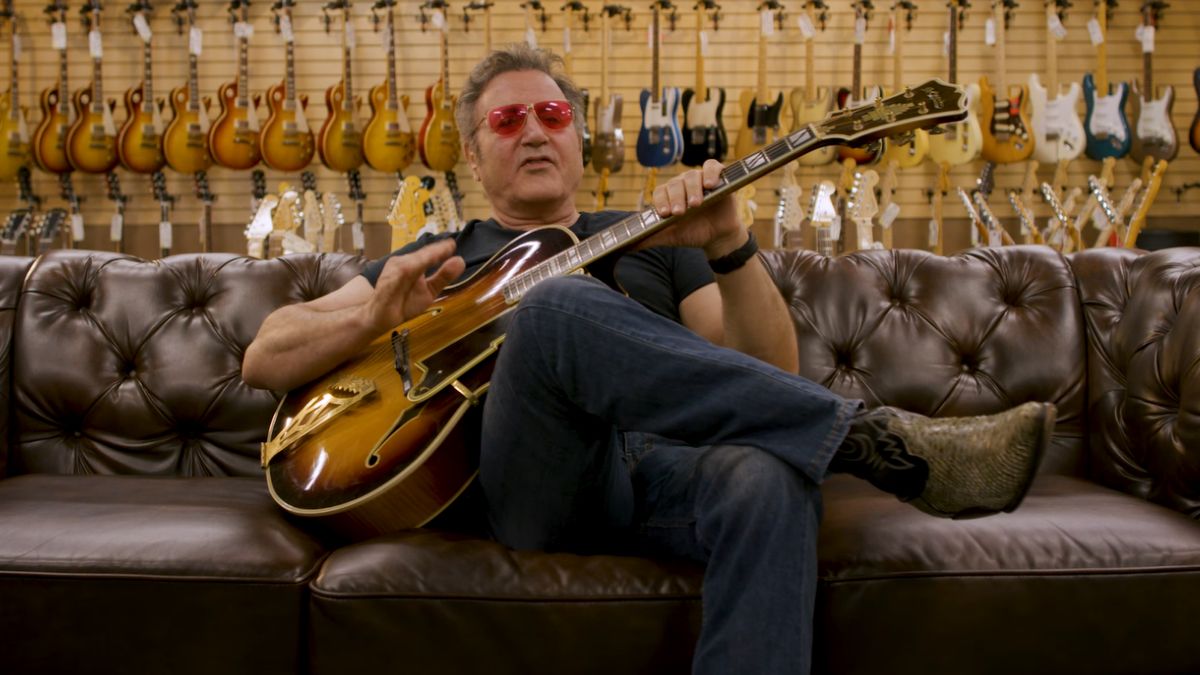“It's the most significant development in the last 50 years. Everything else has just been a little tweak on something Leo Fender or Les Paul did”: Once Allan Holdsworth picked up a headless Steinberger, there was no turning back
Though he'd also later work with Carvin, Holdsworth remained a headless guitar devotee for the rest of his life, telling Guitar World in an interview just days before his death, “Once you play a headless guitar, you’ll never want to play a regular guitar again”

Recently, we did a deep dive into why headless guitars, once seen as the Pontiac Aztek of sorts of the guitar world, have experienced a sudden surge in popularity.
Chatting with us at this year's NAMM show, noted headless aficionado Plini, for one, pointed to how ergonomic and lightweight headless models are, joking – to the ire of many – “if you don't need a 20 kilo guitar, why have it?”
One of the earliest prominent proponents of headless models – in his case those of Ned Steinberger – was oft-overlooked virtuoso Allan Holdsworth.
A boundary-pushing player with a mind-boggling command of the fretboard, Allan Holdsworth was just as interested in going outside the norm in the gear department, notably adopting a futuristic hybrid instrument dubbed the SynthAxe.
Though he wouldn't arrive at these futuristic electric guitars straight away (they didn't exist yet, of course) the first decade and change of Holdsworth's career shows the guitarist's restlessness with the technology at his disposal.
Holdsworth began his career as a Strat-slinger, moved to Gibson SGs, then back to Strats, then to Charvels, before ending up with Ibanez by the mid-'80s.
By the late '80s, though, Holdsworth had fallen fully into the camp of Ned Steinberger and his headless creations.
Get The Pick Newsletter
All the latest guitar news, interviews, lessons, reviews, deals and more, direct to your inbox!
In a 1989 interview with Guitar World, the maestro reflected in wonder at the experience of picking up a Steinberger for the first time.
“I was so floored by the thing that I couldn't believe it,” Holdsworth said. “I haven't felt that way about a guitar since I started playing.
“It's really the most significant development in the last fifty years,” he continued. “Everything else has just been kind of a little tweak on something older guys like Leo Fender or Les Paul did.”
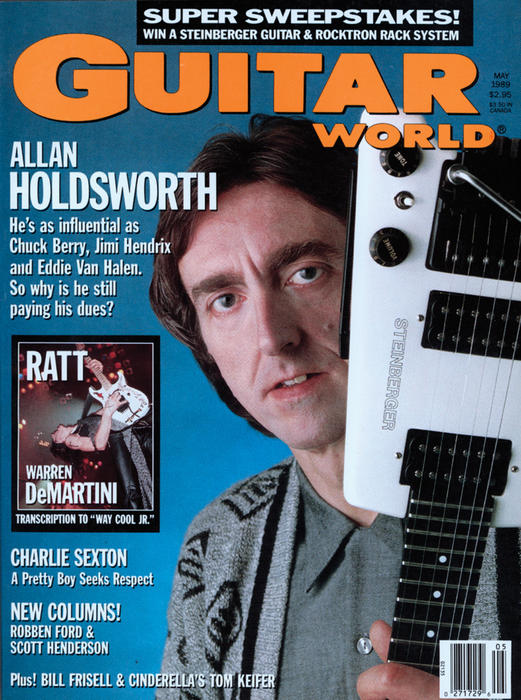
So, what exactly about the Steinberger fit Holdsworth like a glove?
“It's unbelievably even,” he told Guitar World. “It has a kind of resonance, though not the kind induced by the various pieces of wood you've ordinarily got connected together.
You're not worrying about how far up the tree this piece of wood came from, how it was cut, how it was dried, or how long the tree had been dead
“When I started playing the Steinberger, I was taken by its really scientific approach. The materials used were all the same; you could consistently operate under a formula that works.”
This, the virtuoso explained, took out the tonewood guessing games.
“You're not worrying about how far up the tree this piece of wood came from, how it was cut, how it was dried, or how long the tree had been dead,” he said.
“It seemed that every single thing on the guitar just contributed, so you were left with either a really great guitar or a little junk pile. And for some reason, the Steinberger has a great sound. Between that guitar and the SynthAxe, I can't imagine wanting another guitar – except to own another Steinberger.”
Now, Holdsworth did end up wanting another instrument – working with Carvin later in his career on multiple headless signature guitars.
Up to the very end of his career, the guitar great was steadfast in his love of the polarizing, headstock-less design.
“Once you play a headless guitar, you get used to the fact that there is no headstock,” he told Guitar World in a 2017 interview conducted just days before his death at the age of 70. “You’ll never want to play a regular guitar again.”
Jackson is an Associate Editor at GuitarWorld.com. He’s been writing and editing stories about new gear, technique and guitar-driven music both old and new since 2014, and has also written extensively on the same topics for Guitar Player. Elsewhere, his album reviews and essays have appeared in Louder and Unrecorded. Though open to music of all kinds, his greatest love has always been indie, and everything that falls under its massive umbrella. To that end, you can find him on Twitter crowing about whatever great new guitar band you need to drop everything to hear right now.
You must confirm your public display name before commenting
Please logout and then login again, you will then be prompted to enter your display name.
“More people play stop-tails than guitars with locking tremolos. We dig both”: EVH delivers on its hardtail promise and launches the Wolfgang Standard T.O.M. – which vows to take Eddie's legacy to new heights
“What blew me away was that everyone wanted the curly maple top. People were calling, saying, ‘I’ve got to have the bird inlays’”: Paul Reed Smith on raising the Standard 24, finally cracking the noise-free guitar and why John Sykes is a tone hero

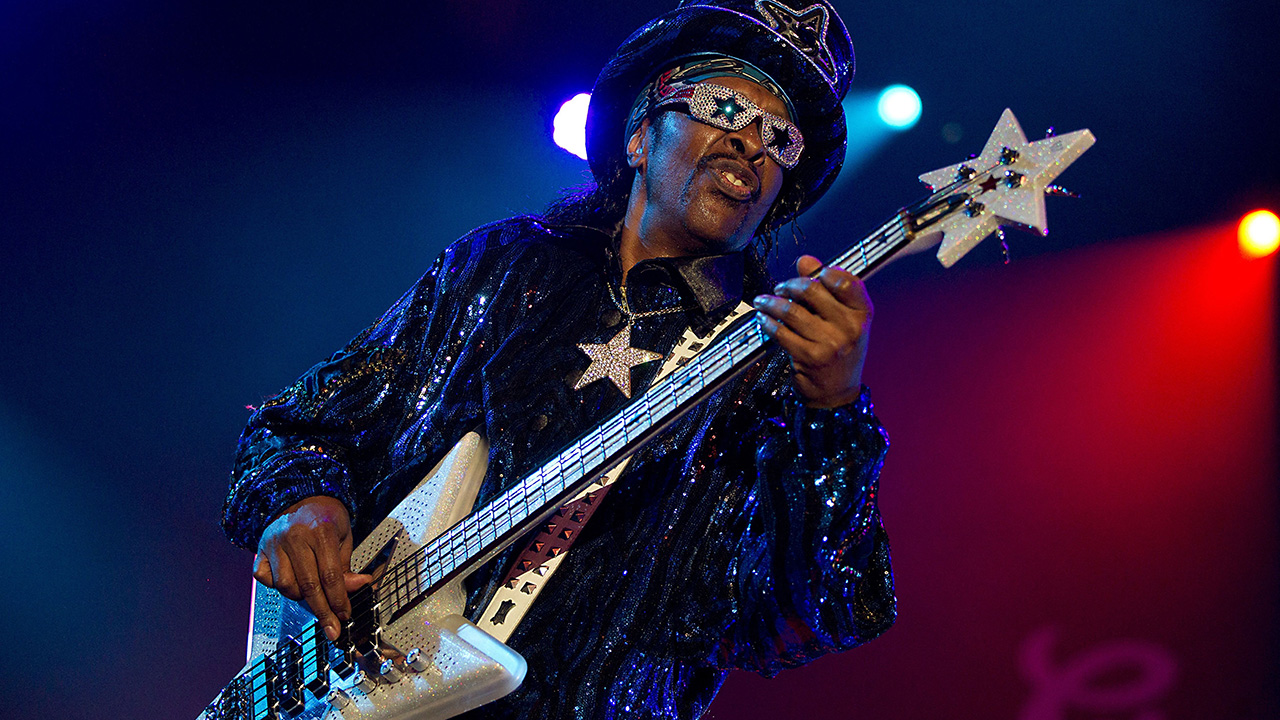

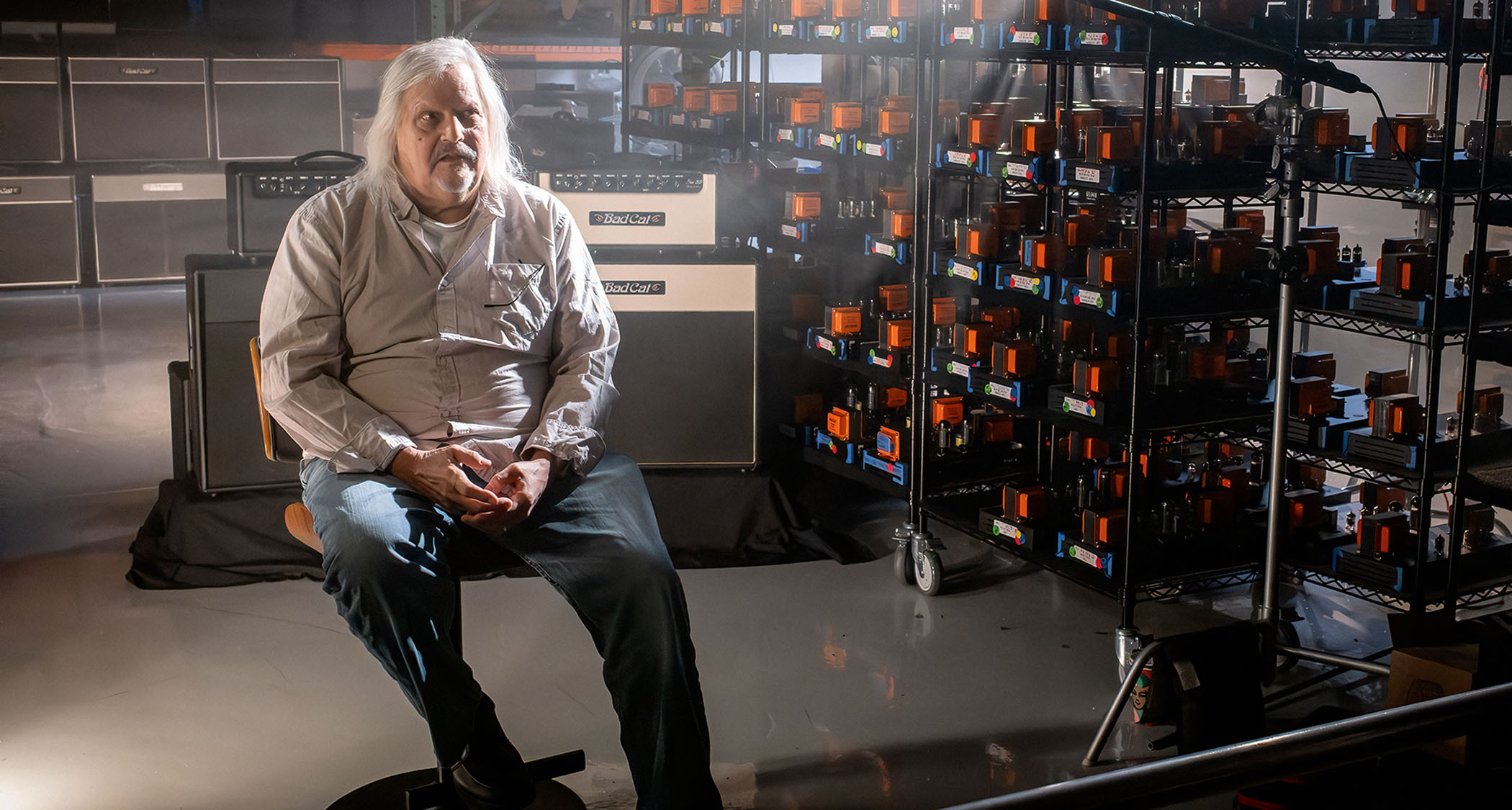


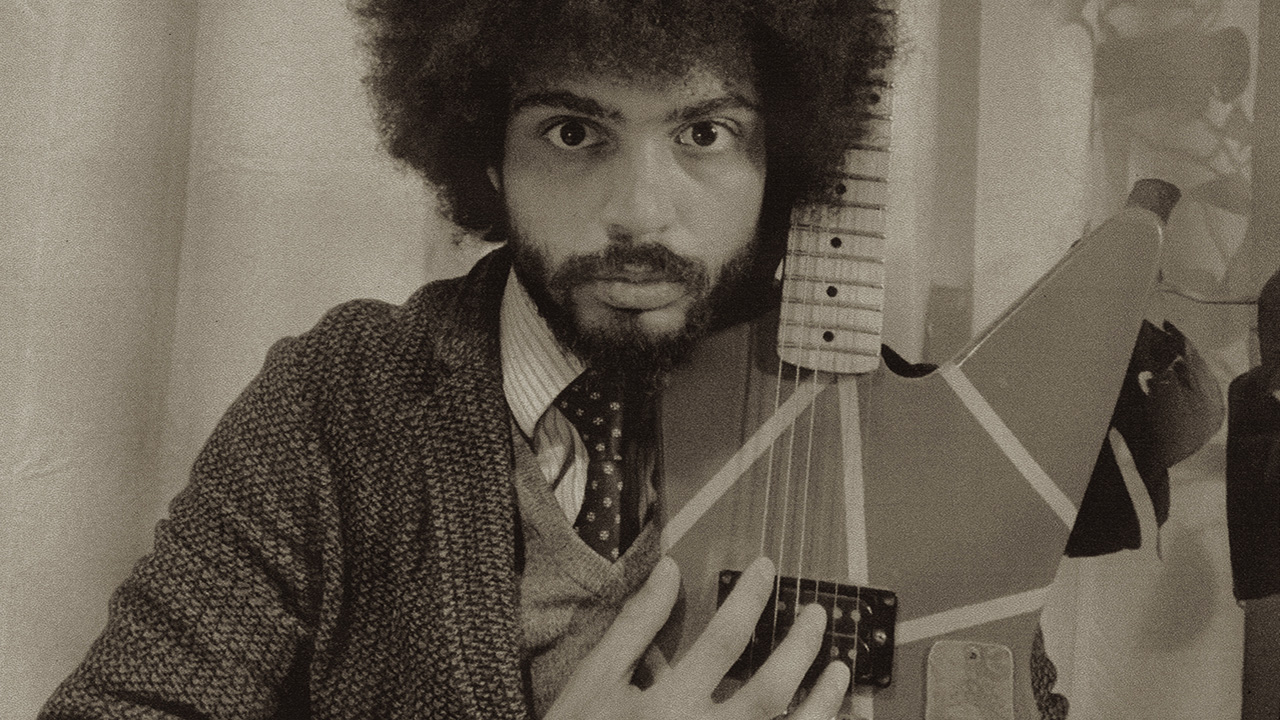
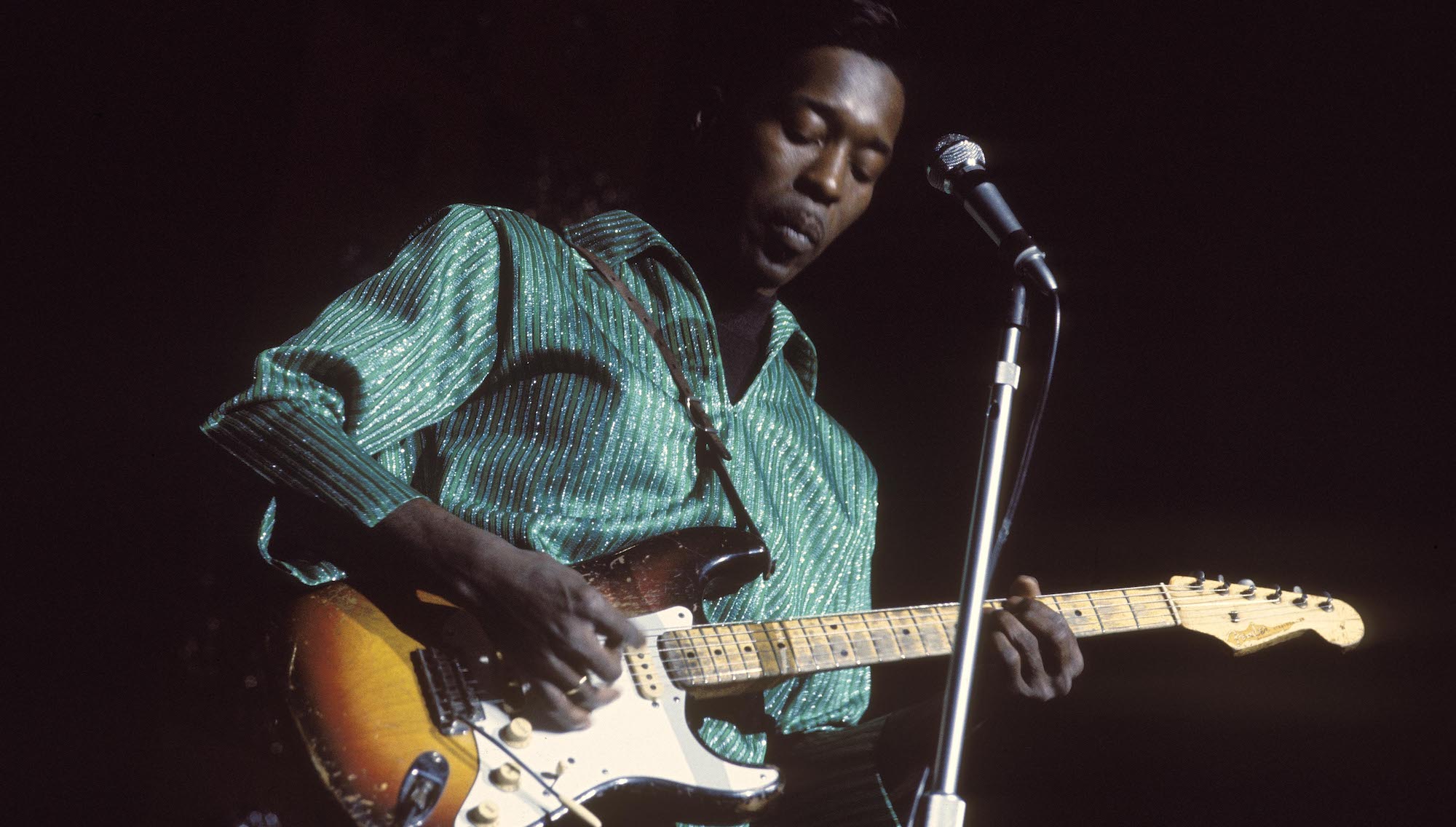
![[from left] George Harrison with his Gretsch Country Gentleman, Norman Harris of Norman's Rare Guitars holds a gold-top Les Paul, John Fogerty with his legendary 1969 Rickenbacker](https://cdn.mos.cms.futurecdn.net/TuH3nuhn9etqjdn5sy4ntW.jpg)

